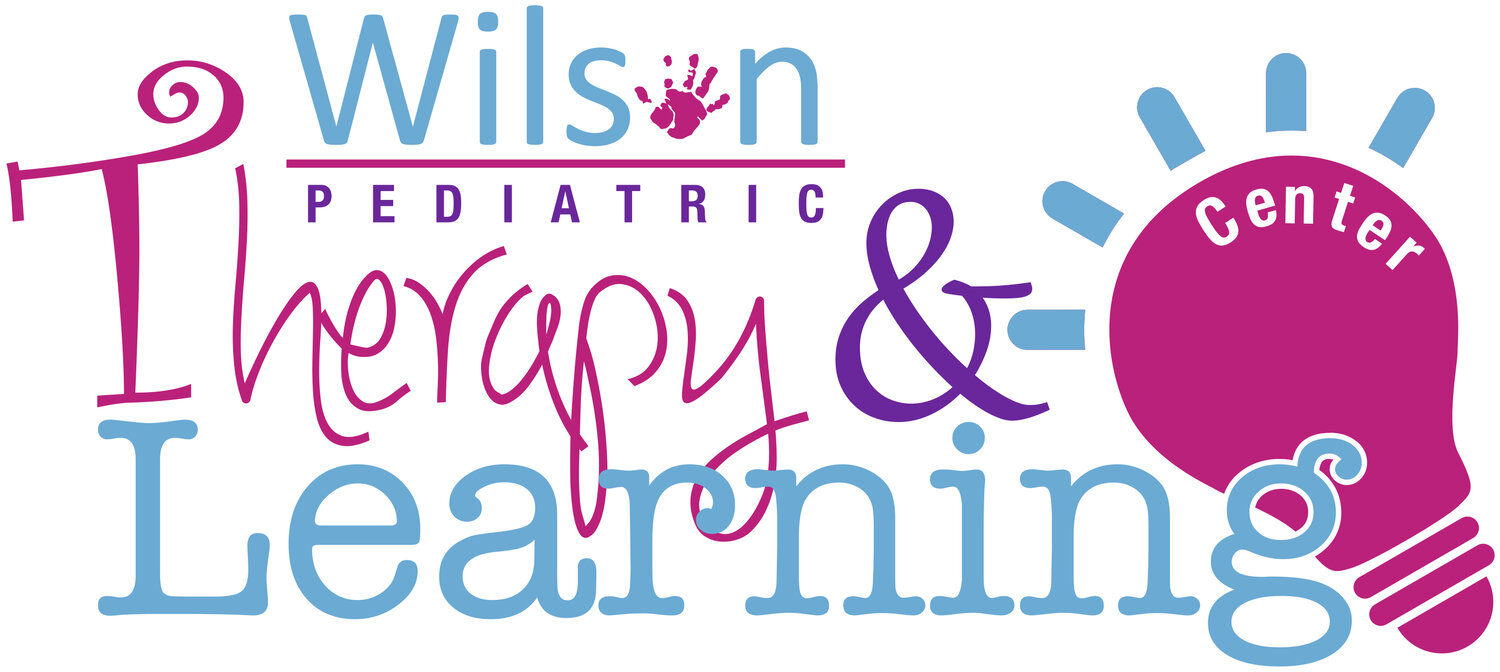Navigating and Embracing the World of Dyslexia
Dyslexia is a neurodevelopmental disorder affecting reading, writing, and spelling abilities. It is estimated that around 15-20% of the population worldwide experiences some degree of dyslexia. Despite its prevalence, dyslexia is often misunderstood and stigmatized. However, learning to embrace the differences of a dyslexic student can unlock a world of potential.
Understanding Dyslexia
Dyslexia is not a result of lack of effort or intelligence. Dyslexia is a neurological condition affecting the way the brain processes phonological information making it difficult for those diagnosed to recognize and manipulate letter sounds. While dyslexia commonly presents through difficulty reading, spelling and writing, it also affects cognitive skills such as working memory, processing speed, and organization.
Recognizing the Signs
Identifying dyslexia early is key to the most successful intervention. Common signs of dyslexia include trouble with phonemic awareness, slow and inaccurate reading, and problems with spelling. It is important to remember that dyslexia occurs on a spectrum, so signs will look different for everyone.
The Emotional Impact
At times, kiddos with dyslexia can struggle with emotional aspects as well. They may feel frustrated or anxious. Other times their confidence and self-esteem can drop due to academic comparison with their peers. Understanding and supporting students in their emotional struggles is one way we aim to help them succeed.
Embracing Differences
Instead of thinking of dyslexia as a limitation, we should embrace it as a unique way of thinking. Kiddos with dyslexia often have other skills and strengths such as problem solving, creativity, and out of the box thinking. Albert Einstein, Steve Jobs, and Walt Disney are only a few examples of successful people diagnosed with dyslexia.
Unlocking Potential
Support and accommodations are key to unlocking a successful learner with dyslexia. Teachers, parents, and peers can play a large role in creating an inclusive environment that both recognizes and celebrates different learning styles. By celebrating achievements, both big and small, a dyslexic student’s confidence will grow, enabling them to recognize their capabilities. Overall, dyslexia is not a roadblock. It opens the door to untapped potential. By fostering understanding, embracing differences, and providing support, we can empower kiddos with dyslexia to reach for the stars. Together we can create a world where diversity is celebrated, and everyone has the chance to shine.
